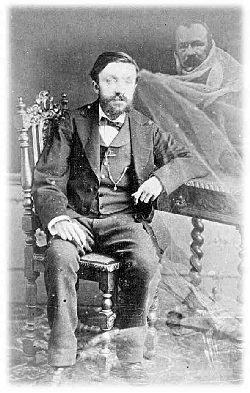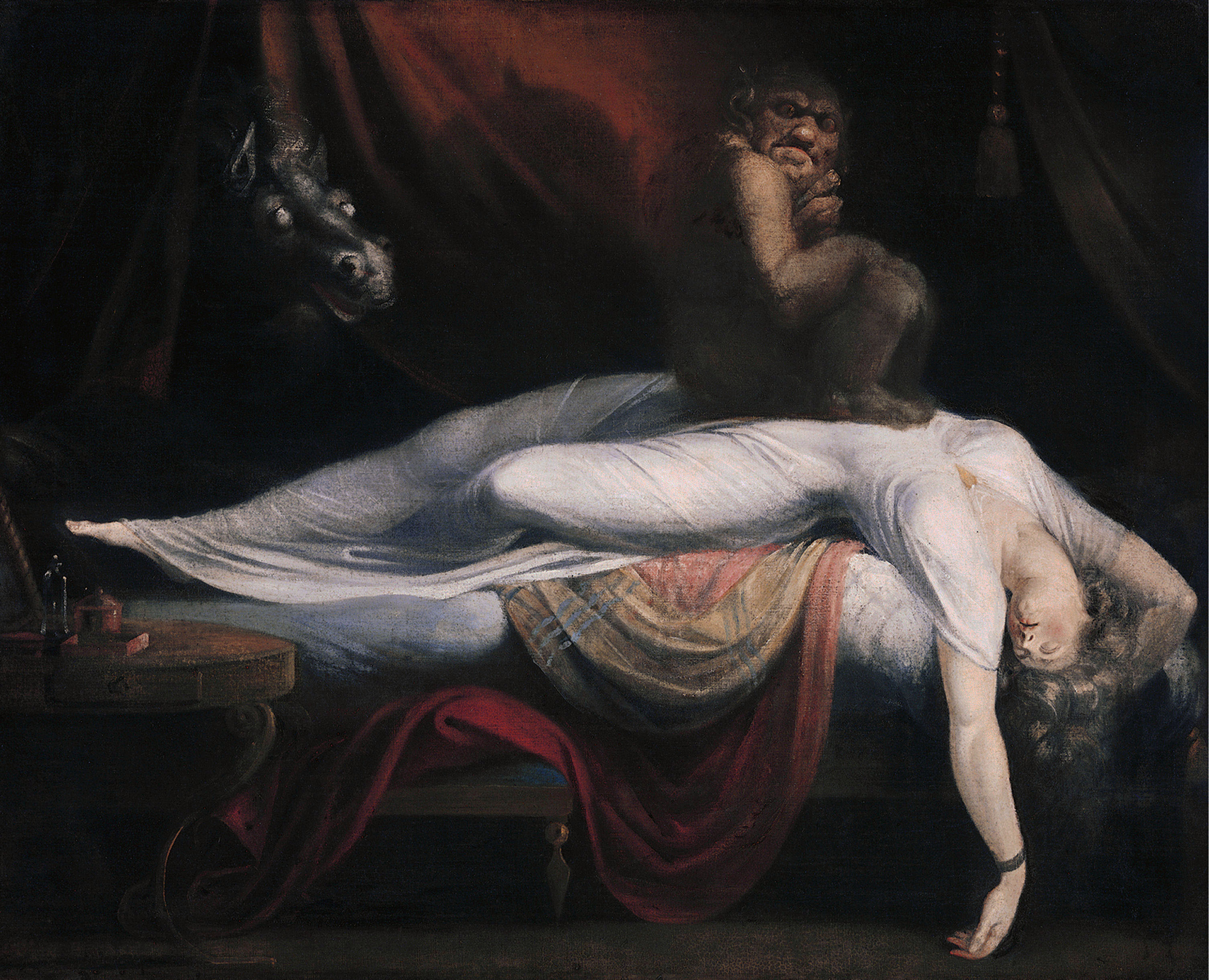|
Transliminality
Transliminality (literally, "going beyond the threshold") was a concept introduced by the parapsychologist Michael Thalbourne, an Australian psychologist who was based at the University of Adelaide. It is defined as a hypersensitivity to psychological material (imagery, ideation, affect, and perception) originating in (a) the unconscious, and/or (b) the external environment (Thalbourne & Maltby, 2008). High degrees of this trait have been shown by Thalbourne to be associated with increased tendency to mystical experience, greater creativity, and greater belief in the paranormal, but Thalbourne has also found evidence that transliminality may be positively correlated with psychoticism. He has published articles on transliminality in journals on parapsychology and psychology. Measurement and correlates The original transliminality scale had 29 items. A revised version with 17 items was developed to eliminate bias associated with age and gender differences. The revised version of the ... [...More Info...] [...Related Items...] OR: [Wikipedia] [Google] [Baidu] |
Michael Thalbourne
Michael Anthony Thalbourne (24 March 1955 – 4 May 2010, Adelaide, South Australia) was an Australian psychologist who worked in the field of parapsychology. He was educated at the University of Adelaide and the University of Edinburgh. His books include: ''A glossary of terms used in parapsychology'' (2003), ''The common thread between ESP and PK'' (2004), and ''Parapsychology in the Twenty-First Century: Essays on the future of Psychical research, Psychical Research'' (2005).Michael A. Thalbourne and Lance Storm (2005)Parapsychology in the twenty-first century: essays on the future of psychical researchMcFarland, p. 382. Education and career Thalbourne obtained his B.A. (Hons) at the University of Adelaide, South Australia, in 1976, and his PhD in parapsychology at Edinburgh University in 1981. From 1980 through 1987 when it closed Thalbourne researched at the McDonnell Laboratory for Psychical Research at Washington University in St. Louis. Thalbourne was a Visiting Res ... [...More Info...] [...Related Items...] OR: [Wikipedia] [Google] [Baidu] |
Schizotypy
In psychology, schizotypy is a theoretical concept that posits a continuum of personality characteristics and experiences, ranging from normal dissociative, imaginative states to extreme states of mind related to psychosis, especially schizophrenia. The continuum of personality proposed in schizotypy is in contrast to a categorical view of psychosis, wherein psychosis is considered a particular (usually pathological) state of mind, which the person either has or does not have. Development of the concept The categorical view of psychosis is most associated with Emil Kraepelin, who created criteria for the medical diagnosis and classification of different forms of psychotic illness. Particularly, he made the distinction between dementia praecox (now called schizophrenia), manic depressive insanity and non-psychotic states. Modern diagnostic systems used in psychiatry (such as the DSM) maintain this categorical view. In contrast, psychiatrist Eugen Bleuler did not believe there was ... [...More Info...] [...Related Items...] OR: [Wikipedia] [Google] [Baidu] |
Parapsychology
Parapsychology is the study of alleged psychic phenomena (extrasensory perception, telepathy, precognition, clairvoyance, psychokinesis (also called telekinesis), and psychometry) and other paranormal claims, for example, those related to near-death experiences, synchronicity, apparitional experiences, etc. Criticized as being a pseudoscience, the majority of mainstream scientists reject it. Parapsychology has also been criticised by mainstream critics for many of its practitioners claiming that their studies are plausible in spite of there being no convincing evidence for the existence of any psychic phenomena after more than a century of research. Parapsychology research rarely appears in mainstream scientific journals; instead, most papers about parapsychology are published in a small number of niche journals. Terminology The term ''parapsychology'' was coined in 1889 by philosopher Max Dessoir as the German . It was adopted by J. B. Rhine in the 1930s as a replacement fo ... [...More Info...] [...Related Items...] OR: [Wikipedia] [Google] [Baidu] |
The International Journal For The Psychology Of Religion
The ''International Journal for the Psychology of Religion'' is a Peer review, peer-reviewed academic journal devoted to research on the psychology of religion. Its scope includes the social psychology of religion, religious development, conversion, religious experience, religion and social attitudes and behavior, religion and mental health, and psychoanalytic and other theoretical interpretations of religion. The current editor-in-chief is Heinz Streib (Universität Bielefeld). As of 2020, the book review editors were Katarzyna Skrzypińska (University of Gdańsk) and W. Paul Williamson (Henderson State University).Editorial Board (from journal website, accessed 23 Feb. 2020) Abstracting and indexing The journal is abstracted and indexed in PsycINFO, Applied Social Sc ...[...More Info...] [...Related Items...] OR: [Wikipedia] [Google] [Baidu] |
Self-transcendence
Self-transcendence is a personality trait that involves the expansion of personal boundaries, including, potentially, experiencing spiritual ideas such as considering oneself an integral part of the universe. Several psychologists, including Viktor Frankl, Abraham Maslow, Pamela G. Reed, C. Robert Cloninger, Lars Tornstam, and Scott Barry Kaufman have made contributions to the theory of self-transcendence. Self-transcendence is distinctive as the first trait concept of a spiritual nature to be incorporated into a major theory of personality. Self-transcendence is one of the "character" dimensions of personality assessed in Cloninger's Temperament and Character Inventory. It is also assessed by the Self-Transcendence Scale and the Adult Self-Transcendence Inventory. Nature of the trait Several overlapping definitions of self-transcendence have been given. Viktor Frankl wrote, "The essentially self-transcendent quality of human existence renders man ''a being reaching out beyond ... [...More Info...] [...Related Items...] OR: [Wikipedia] [Google] [Baidu] |
Boundaries Of The Mind
Boundaries of the mind refers to a personality trait concerning the degree of separateness ("thickness") or connection ("thinness") between mental functions and processes. Thin boundaries are associated with open-mindedness, sensitivity, vulnerability, creativity, and artistic ability. People with thin boundaries may tend to confuse fantasy and reality and tend to have a fluid sense of identity, so that they tend to merge or lose themselves in their relations with others. People with thick boundaries differentiate clearly between reality and fantasy and between self and other, and tend to prefer well-defined social structures. The concept was developed by psychoanalyst Ernest Hartmann from his observations of the personality characteristics of frequent nightmare sufferers. The construct has been particularly studied in relation to dream recall and lucid dreaming. Thin and thick boundaries Dr. Ernest Hartmann observed that people who suffer frequent nightmares had distinctive p ... [...More Info...] [...Related Items...] OR: [Wikipedia] [Google] [Baidu] |
16PF Questionnaire
The Sixteen Personality Factor Questionnaire (16PF) is a self-report personality test developed over several decades of empirical research by Raymond B. Cattell, Maurice Tatsuoka and Herbert Eber. The 16PF provides a measure of personality and can also be used by psychologists, and other mental health professionals, as a clinical instrument to help diagnose psychiatric disorders, and help with prognosis and therapy planning. The 16PF can also provide information relevant to the clinical and counseling process, such as an individual's capacity for insight, self-esteem, cognitive style, internalization of standards, openness to change, capacity for empathy, level of interpersonal trust, quality of attachments, interpersonal needs, attitude toward authority, reaction toward dynamics of power, frustration tolerance, and coping style. Thus, the 16PF instrument provides clinicians with a normal-range measurement of anxiety, adjustment, emotional stability and behavioral problems. Clinici ... [...More Info...] [...Related Items...] OR: [Wikipedia] [Google] [Baidu] |
Openness To Experience
Openness to experience is one of the domains which are used to describe human personality in the Five Factor Model. Openness involves six facets, or dimensions: active imagination (fantasy), aesthetic sensitivity, attentiveness to inner feelings, preference for variety (adventurousness), intellectual curiosity, and challenging authority (psychological liberalism). A great deal of psychometric research has demonstrated that these facets or qualities are significantly correlated. Thus, openness can be viewed as a global personality trait consisting of a set of specific traits, habits, and tendencies that cluster together. Openness tends to be normally distributed with a small number of individuals scoring extremely high or low on the trait, and most people scoring moderately. People who score low on openness are considered to be ''closed to experience''. They tend to be conventional and traditional in their outlook and behavior. They prefer familiar routines to new experiences, and ... [...More Info...] [...Related Items...] OR: [Wikipedia] [Google] [Baidu] |
Nightmares
A nightmare, also known as a bad dream, Retrieved 11 July 2016. is an unpleasant dream that can cause a strong emotional response from the mind, typically fear but also despair, anxiety or great sadness. The dream may contain situations of discomfort, psychological or physical terror, or panic. After a nightmare, a person will often awaken in a state of distress and may be unable to return to sleep for a short period of time. Recurrent nightmares may require medical help, as they can interfere with sleeping patterns and cause insomnia. Nightmares can have physical causes such as sleeping in an uncomfortable position or having a fever, or psychological causes such as stress or anxiety. Eating before going to sleep, which triggers an increase in the body's metabolism and brain activity, can be a potential stimulus for nightmares. The prevalence of nightmares in children (5–12 years old) is between 20 and 30%, and for adults is between 8 and 30%. In common language, the meani ... [...More Info...] [...Related Items...] OR: [Wikipedia] [Google] [Baidu] |
Archetypal
The concept of an archetype (; ) appears in areas relating to behavior, historical psychology, and literary analysis. An archetype can be any of the following: # a statement, pattern of behavior, prototype, "first" form, or a main model that other statements, patterns of behavior, and objects copy, emulate, or "merge" into. Informal synonyms frequently used for this definition include "standard example", "basic example", and the longer-form "archetypal example"; mathematical archetypes often appear as "canonical examples". # the Platonic concept of ''pure form'', believed to embody the fundamental characteristics of a thing. # a collectively-inherited unconscious idea, a pattern of thought, image, etc., that is universally present, in individual psyches, as in Jungian psychology # a constantly-recurring symbol or motif in literature, painting, or mythology. This definition refers to the recurrence of characters or ideas sharing similar traits throughout various, seemingly un ... [...More Info...] [...Related Items...] OR: [Wikipedia] [Google] [Baidu] |
Lucid Dreams
A lucid dream is a type of dream in which the dreamer becomes aware that they are dreaming while dreaming. During a lucid dream, the dreamer may gain some amount of control over the dream characters, narrative, or environment; however, this is not actually necessary for a dream to be described as lucid. Lucid dreaming has been studied and reported for many years. Prominent figures from ancient to modern times have been fascinated by lucid dreams and have sought ways to better understand their causes and purpose. Many different theories have emerged as a result of scientific research on the subject and have even been shown in pop culture. Further developments in psychological research have pointed to ways in which this form of dreaming may be utilized as a form of sleep therapy. Etymology The term ''lucid dream'' was coined by Dutch author and psychiatrist Frederik van Eeden in his 1913 article ''A Study of Dreams'', though descriptions of dreamers being aware that they are drea ... [...More Info...] [...Related Items...] OR: [Wikipedia] [Google] [Baidu] |


